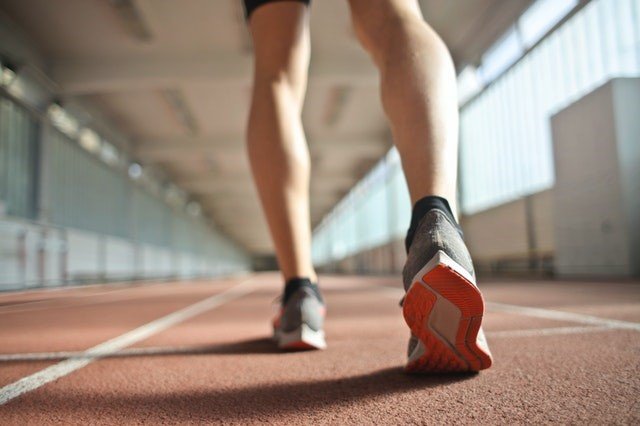What are varicose veins and what is the role of vein treatment in the management of venous diseases?
A vein will typically carry a constant volume of blood per unit time, and this depends on the pressure in the surrounding tissue. When a person stands up, the pressure in the veins gradually decreases, decreasing the amount of blood that they can hold. Varicose veins are a byproduct of damaged and over-stretched veins that have lost their ability to contract effectively. When this happens, the vein can’t push blood up to the heart and it pools in the legs and ankles causing unsightly bulges and discoloration.
Varicose veins (VD) often occur when the valves in the veins of the legs and stomach weaken or break. The valves in these areas help blood flow back down, but when they break, the blood flows upward and pools in the body. This can lead to many problems such as chronic pain, skin ulcers, hemorrhoids, and skin issues. But if these valves become clogged or can’t close properly, they can themselves be stretched out and lead to the formation of varicose veins.

Venous diseases like varicose veins are usually treated through methods like compression stockings and surgery, and can often improve the quality of life as well as reduce pain and swelling in your legs. This is because they help to pump blood back up to the heart.
How to prevent venous diseases with the help of venous treatments?
Venous diseases, such as phlebitis and lymphedema, are most common in the elderly. These diseases are usually caused by a blood clot or pooling of fluid in the vein. The best way to prevent these diseases is to make sure you follow your doctor’s recommendations for prevention such as wearing compression stockings, performing exercises, quitting smoking, quitting alcohol, and staying hydrated.

In addition to all the common recommendations, there are some venous treatments that can help prevent venous diseases. These treatments can be done in your doctor’s office and don’t require long recovery times like surgery. The most common venous treatment is an ultrasound for veins (also called a Phlebectomy). They may also be able to perform a vein stripping procedure or injections in order to remove any blockages.
How to diagnose and treat the most common causes of varicose veins?
The most common causes of varicose veins are chronic venous insufficiency and pregnancy. Chronic venous insufficiency is a condition that affects the valves in the veins that go from the ankle to the heart. These valves could be weakened or damaged over time because of a person’s vein’s location near the surface of their skin. The other major cause of varicose veins in pregnancy.
When pregnant, a woman’s body produces more estrogen and progesterone. These hormones relax the blood vessels and also cause them to become wider. The increased blood flow to the uterus and placenta can be enough that the pregnant person will no longer need to urinate as often as before, because of excess fluid volume in their bladder.
There are many treatments available for varicose veins, including compression stockings, medication, surgery, and lasers treatments. Compression stockings are often used to treat varicose veins because they prevent blood from pooling in the lower legs and reduce the size of the veins, thus preventing increased pressure and hemorrhaging. This helps promote healing and improve circulation.
Varicocele Treatment Options And Prevention Strategies That Work To Prevent The Disease
A varicocele is a condition that occurs when the veins that deliver blood to the testicles are swollen. This can lead to reduced sperm production and reduced testosterone levels. Varicoceles can happen in both men and women. In men, this condition occurs as a result of the delicate blood vessels inside the scrotum being enlarged from pressure from nearby structures such as heavy lifting, tumors, or infections. It can lead to infertility and pain in some cases, so it’s important to see a health care professional if you experience symptoms.
Varicoceles are a form of varicose vein that affects the scrotum. They often present as a bulge on one side of the scrotum and can lead to infertility or testicular pain. Varicoceles are most common in male adults who have had some form of testicular trauma, who have had undescended testicles, or whose family has a history of varicoceles.

Patients with varicocele often experience pain in their testicles and scrotum. Varicoceles can be treated through surgery or non-surgical options, such as embolization and varicocelectomy. While many patients do not require treatment, treatment can relieve symptoms and in some cases improve fertility.
Varicoceles are enlarged veins in the scrotum, which can lead to fertility problems. Varicocelectomy is the most common nonsurgical treatment for varicocele. During this procedure, the surgeon will cut or suture the varicocele veins, which has been shown to improve sperm count and motility.




